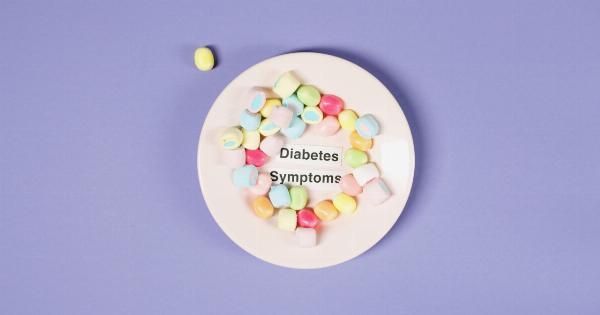Heart disease and stroke are leading causes of death worldwide. While it is well-known that both men and women are susceptible to these cardiovascular conditions, there has been growing interest in understanding whether they share similar risk factors.
This article aims to explore the similarities and differences between men and women regarding their risk factors for heart disease and stroke.
1. Age
Age is a significant risk factor for heart disease and stroke in both men and women. As individuals grow older, the risk of developing these conditions increases.
However, studies have shown that men tend to experience heart disease and stroke at an earlier age compared to women.
2. High Blood Pressure
High blood pressure, also known as hypertension, is a common risk factor for heart disease and stroke in both genders.
However, women have unique risk factors related to hormonal changes, such as pregnancy and menopause, which can affect blood pressure levels. Additionally, certain birth control methods have been associated with an increased risk of hypertension in women.
3. High Cholesterol
Elevated levels of cholesterol, particularly low-density lipoprotein (LDL) cholesterol, contribute to the development of atherosclerosis, a condition characterized by the buildup of plaque in the arteries.
Both men and women are equally affected by high cholesterol levels, which increases their risk of heart disease and stroke.
4. Smoking
Smoking is a significant modifiable risk factor for heart disease and stroke. While the prevalence of smoking has decreased in recent years, it remains more common among men.
Studies have shown that smoking increases the risk of heart disease and stroke similarly in both genders, but women may experience more adverse effects due to smoking.
5. Diabetes
Diabetes is a chronic condition that affects the body’s ability to regulate blood sugar levels. Both men and women with diabetes are at a higher risk of developing heart disease and stroke.
However, research suggests that diabetes may have a more significant impact on heart disease risk in women compared to men.
6. Obesity and Physical Inactivity
Obesity and physical inactivity are interrelated risk factors for heart disease and stroke. Both genders are affected by these risk factors, but the prevalence of obesity tends to be higher in women.
Physical inactivity, such as leading a sedentary lifestyle, further increases the risk for these conditions in both men and women.
7. Family History
Family history plays an essential role in determining an individual’s risk of developing heart disease and stroke. If a close family member, such as a parent or sibling, has had these conditions, the risk is higher for both men and women.
8. Psychological Factors
Psychological factors, such as chronic stress, depression, and anxiety, have been identified as risk factors for heart disease and stroke.
While men and women may experience these psychological factors differently, they can equally contribute to the development of cardiovascular conditions.
9. Hormonal Factors
Hormonal factors, such as estrogen, play a unique role in women’s cardiovascular health. Before menopause, estrogen provides a protective effect against heart disease and stroke.
However, after menopause, when estrogen production decreases, women’s risk of developing these conditions increases and becomes comparable to that of men.
10. Ethnicity and Socioeconomic Factors
Ethnicity and socioeconomic factors can influence an individual’s risk of heart disease and stroke. Certain ethnic groups, such as African Americans, Hispanics, and South Asians, are known to have a higher prevalence of these conditions.
Additionally, lower socioeconomic status, which is associated with limited access to healthcare and unhealthy lifestyle behaviors, can contribute to increased risk in both men and women.
Conclusion
While there are both similarities and differences in the risk factors for heart disease and stroke among men and women, it is clear that both genders can be affected by these conditions.
Understanding these risk factors is crucial for healthcare professionals to develop effective prevention and treatment strategies. By addressing modifiable risk factors, promoting a healthy lifestyle, and providing gender-specific healthcare, we can strive towards reducing the burden of heart disease and stroke in both men and women.




























